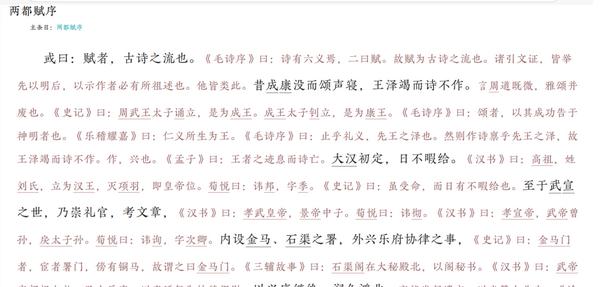Reading Classical Chinese: A Guide to Tackling Unfamiliar Characters
When reading classical Chinese texts like Selections of Ancient Prose, readers often struggle with unfamiliar characters. This article explores effective strategies for handling unknown characters while maintaining reading fluency.

Reading classical Chinese literature can be daunting when encountering unfamiliar characters. However, understanding these texts is achievable through systematic approaches and modern tools.
The first key principle is recognizing that ancient Chinese characters follow consistent formation patterns. While some characters may have evolved over time, most retain their original structure and meaning. This allows readers to make educated guesses about unfamiliar characters based on their components and context.
Modern technology offers valuable assistance. Digital tools like specialized dictionary apps and online databases can provide instant lookup capabilities. The Chinese Text Project (CTEXT) and other digital platforms offer comprehensive character references with historical usage examples. Additionally, e-reader apps often include built-in dictionary functions that maintain reading flow.
However, technology should complement, not replace, foundational learning. Understanding the classical Chinese grammar system and common vocabulary patterns helps readers navigate difficult passages. Many seemingly obscure characters are actually variants of more familiar ones, and recognizing these relationships aids comprehension.
For practical reading strategy, context is crucial. When encountering unknown characters, readers should:
- Examine the broader passage meaning
- Look for familiar radical components
- Consider the historical period’s common usage
- Focus on understanding key terms rather than every single character
- Use reliable annotated editions for reference
Physical reading materials remain valuable alongside digital tools. Annotated editions from reputable publishers provide crucial context and explanations. Making personal notes and character annotations helps reinforce learning and creates useful reference materials for future reading.
The ultimate goal is achieving reading fluency while building character knowledge gradually. Rather than stopping to research every unknown character, readers should develop comfort with partial understanding and use context to grasp main ideas. As reading volume increases, character recognition naturally improves.
For modern readers of classical Chinese texts, the key is finding a sustainable balance between careful study and maintaining reading momentum. With proper tools and methods, the challenge of unfamiliar characters becomes manageable, allowing readers to access the rich wisdom of classical Chinese literature.